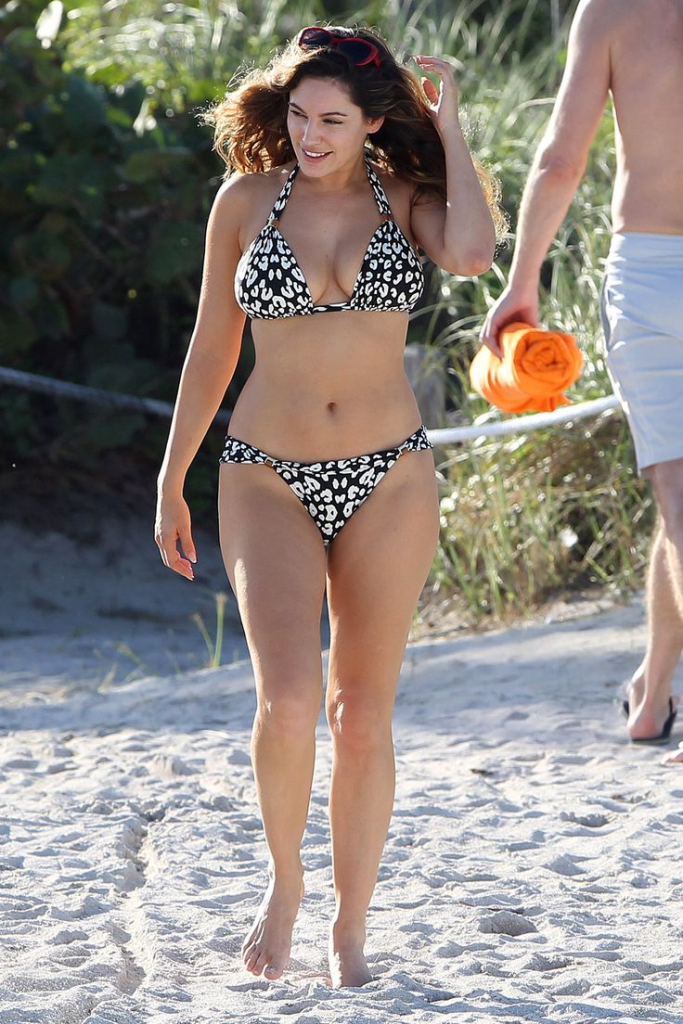
Beauty standards are a reflection of society, constantly shifting with cultural, media, and fashion trends. From Marilyn Monroe’s celebrated hourglass figure in the 1950s to the ultra-thin models of the 1990s like Kate Moss, perceptions of attractiveness have swung dramatically over the decades.
Now, a groundbreaking study from Texas University is reshaping the conversation around beauty. It challenges the long-standing notion that thinness equals attractiveness and introduces a curvier, fuller figure as the new “ideal.” Let’s unpack what this means for society and how it reflects the broader shift toward inclusivity in beauty.

The study identifies a body type with a BMI of 18.85 and specific proportions that align closely with British model Kelly Brook’s figure. Her curvy yet balanced physique has long been admired but stands apart from the extreme slenderness traditionally celebrated on runways.
This research suggests that symmetry, health, and natural curves may be more universally appealing than rigid, unattainable standards. It’s a refreshing acknowledgment of a body type that resonates with a larger segment of society.
Kelly Brook’s fuller figure is an embodiment of the study’s conclusions. Her natural beauty and proportions challenge outdated beauty ideals that often prioritize extreme thinness over health and vitality. Brook’s popularity highlights a growing acceptance of diversity in body types and a rejection of one-size-fits-all standards.
Unlike traditional models, whose frames can sometimes appear unattainable or overly stylized, Kelly Brook represents a natural and relatable beauty. Her influence is a reminder that attractiveness isn’t confined to narrow definitions but thrives in diversity.

For decades, mainstream beauty ideals focused on thin, often unachievable body types. However, this study underscores a growing preference for figures that exude health, vitality, and femininity. It reflects a cultural shift toward appreciating fuller, more natural physiques and challenges the media’s outdated portrayal of beauty.
This change aligns with the broader body positivity movement, which encourages people to embrace their unique features and reject harmful societal pressures. It’s a shift toward celebrating beauty that feels authentic, healthy, and inclusive.
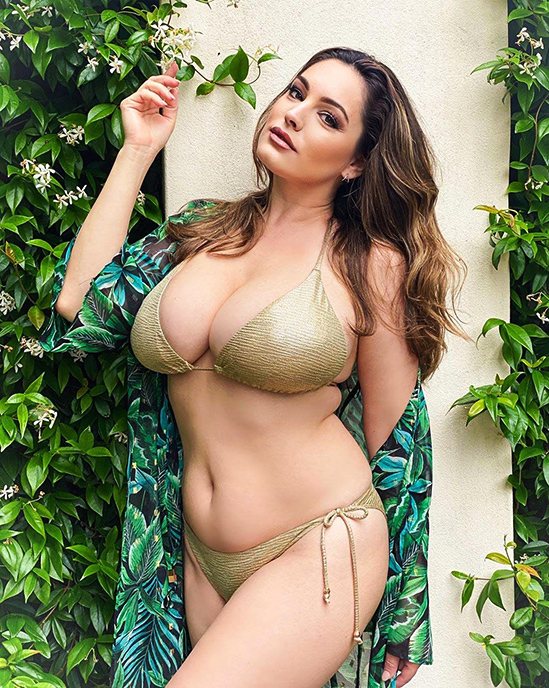
It’s important to remember that beauty is deeply personal. While the study highlights a specific “ideal body,” it doesn’t diminish the attractiveness of other body types. Cultural backgrounds, personal experiences, and individual tastes all influence what people find beautiful.
Rather than prescribing a single standard, this research invites a broader conversation about inclusivity. It’s not about placing one body type above another but celebrating the many ways beauty manifests in the world.
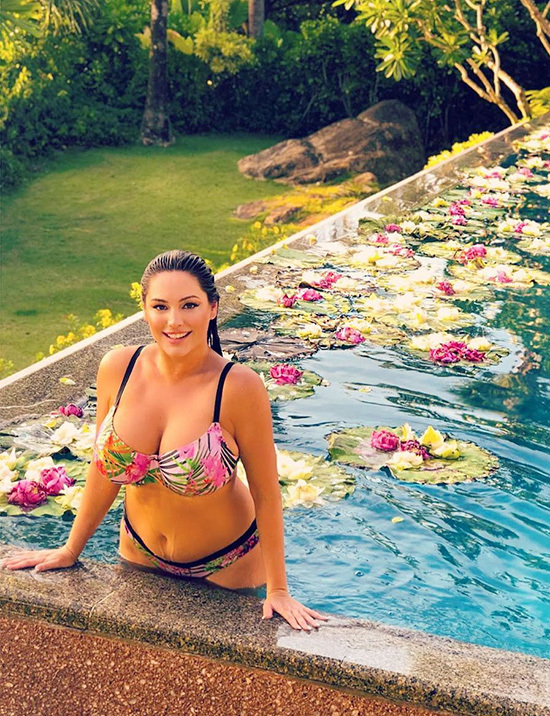
The findings of this study mirror significant changes already taking place in the fashion and entertainment industries. Models like Ashley Graham have led the charge for body diversity, proving that beauty comes in all shapes and sizes. Campaigns featuring women of various skin tones, body types, and ages are helping dismantle outdated stereotypes.
This inclusivity sends an empowering message: beauty is not exclusive—it belongs to everyone. For individuals who have felt overlooked or excluded by narrow ideals, this shift represents a step toward a more inclusive and affirming society.

By redefining the “ideal body,” this study challenges us to rethink how we perceive beauty. It asks us to move beyond superficial measures and focus on qualities like confidence, self-expression, and authenticity.
At its core, beauty isn’t about fitting into a mold—it’s about embracing individuality. This perspective reminds us that our unique traits and imperfections are what make us truly beautiful.
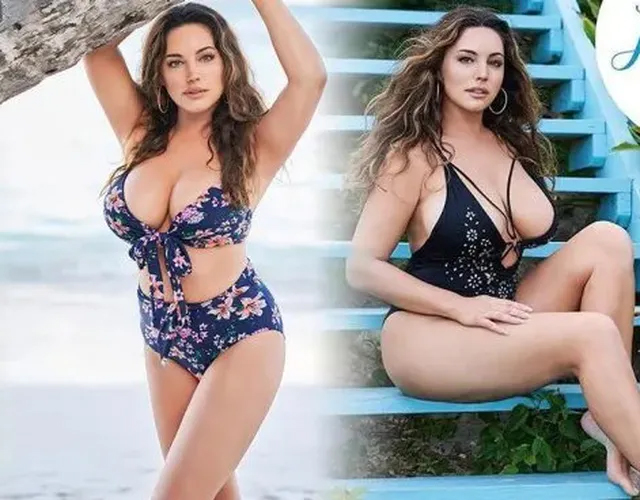
True beauty isn’t limited to physical attributes. It’s found in confidence, self-assuredness, and the ability to embrace who you are. When individuals feel comfortable in their skin, their inner beauty radiates outward, making them truly captivating.
This study reinforces the idea that beauty is multifaceted. While physical appearance plays a role, qualities like kindness, charisma, and authenticity ultimately define attractiveness.
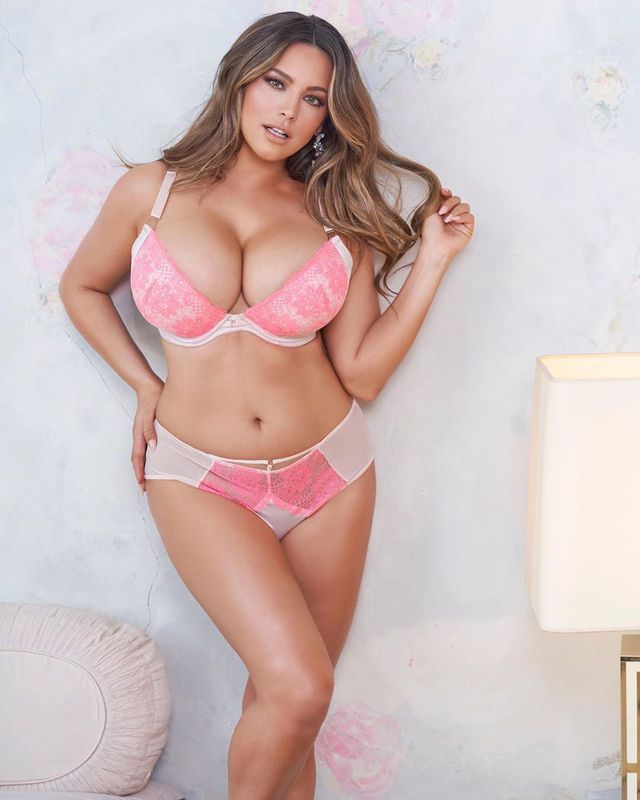
The Texas University study offers a refreshing perspective on beauty, challenging outdated ideals and celebrating diversity. While it identifies a specific “ideal body,” it also calls for a broader appreciation of individuality and inclusivity.
As society continues to evolve, so too must our understanding of beauty. Let’s move beyond rigid standards and embrace a world where confidence, self-expression, and authenticity take center stage. After all, the most beautiful thing about any person is their ability to be unapologetically themselves.